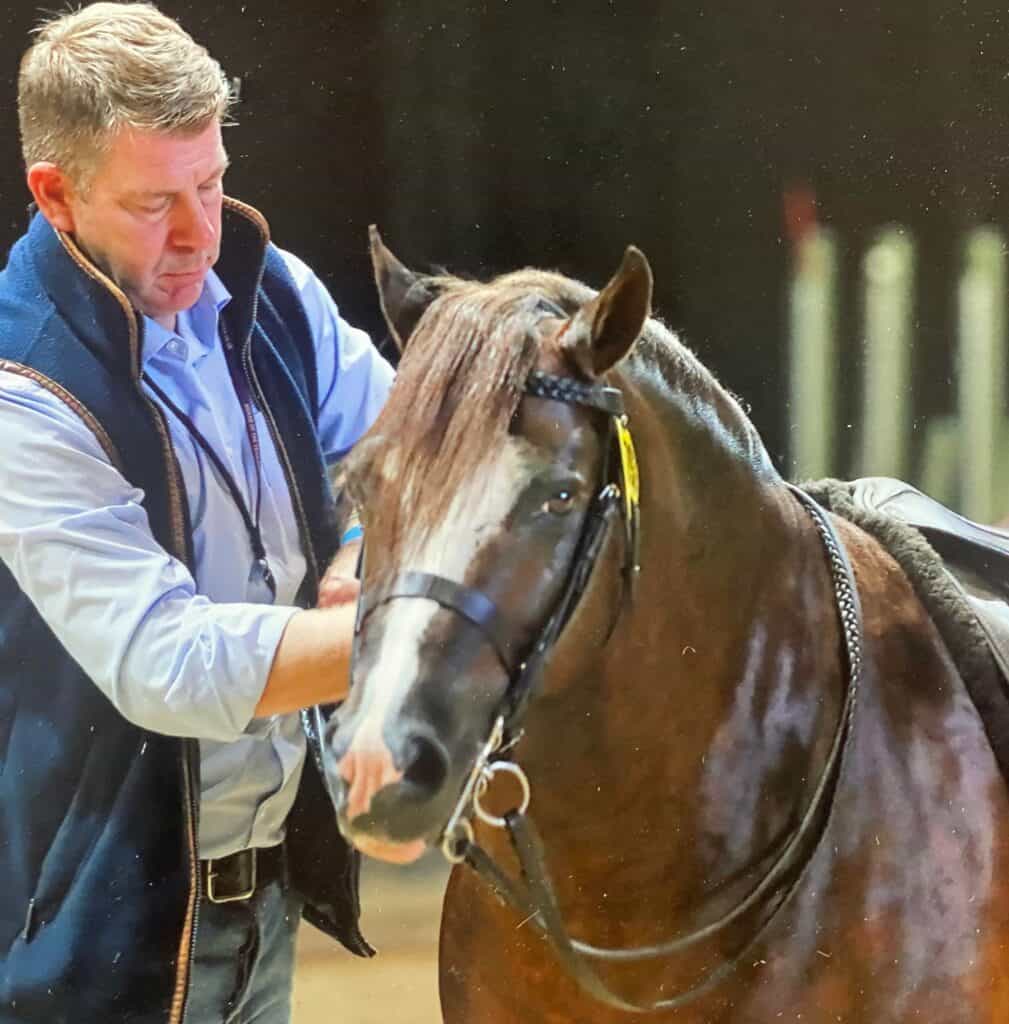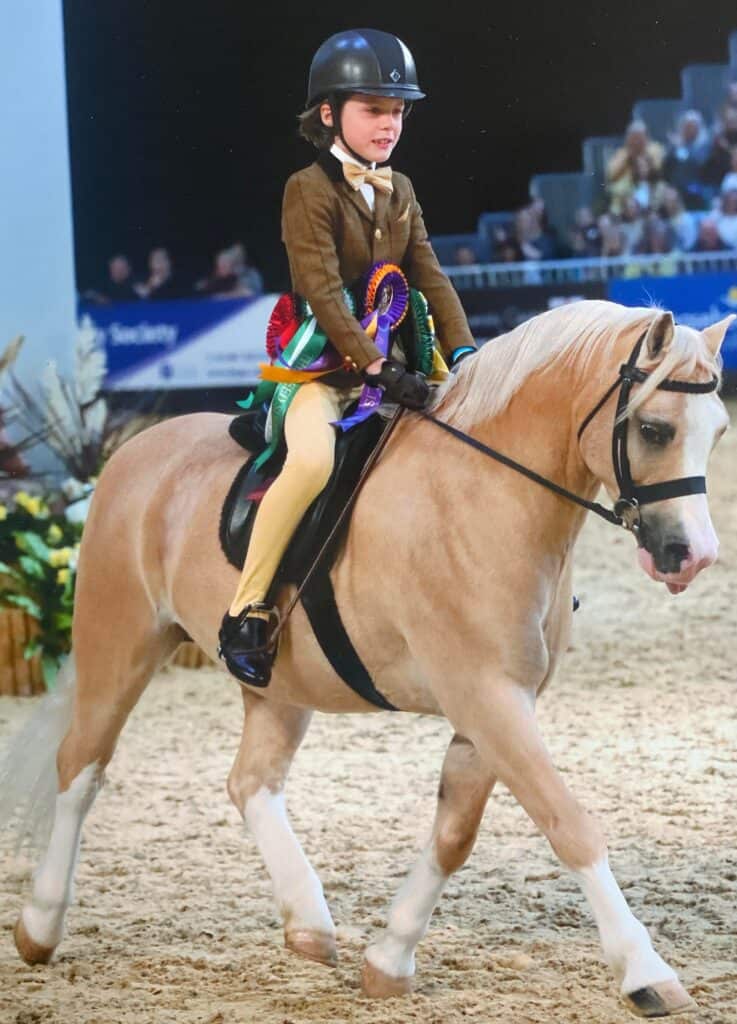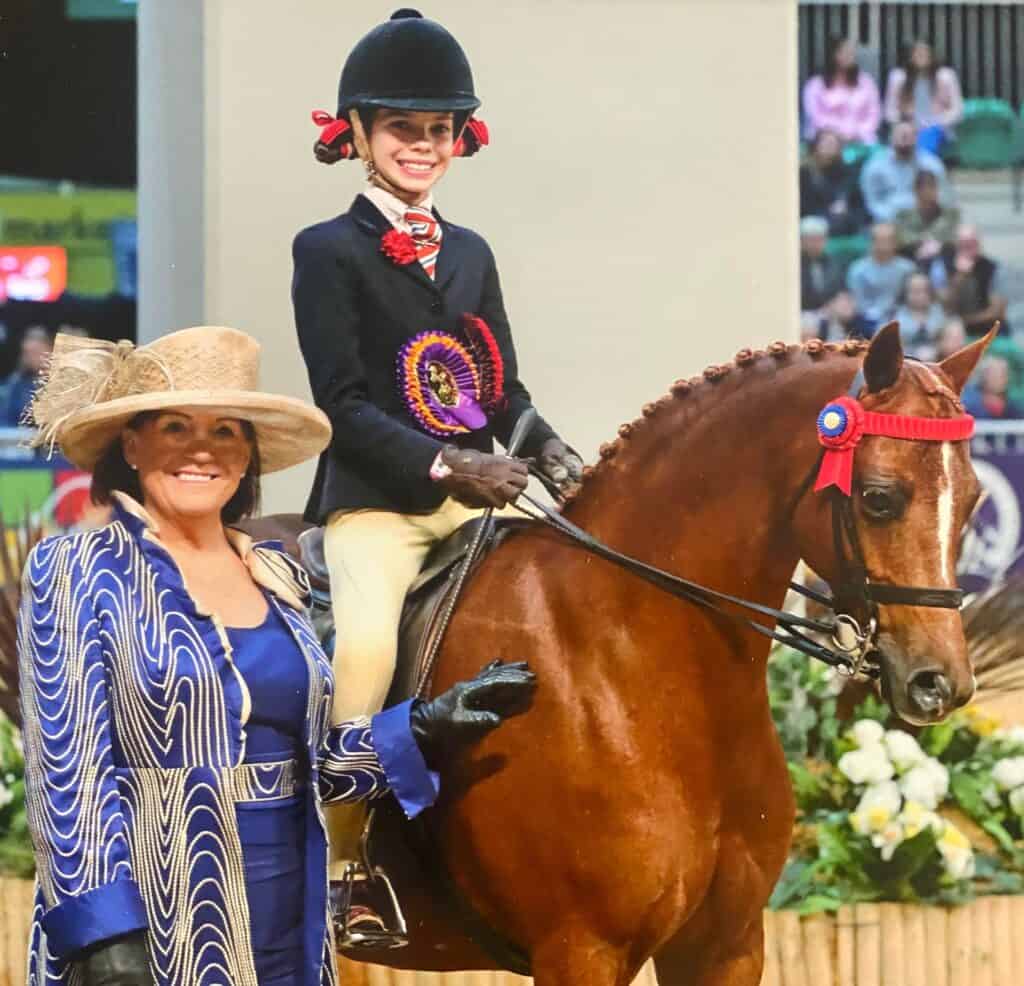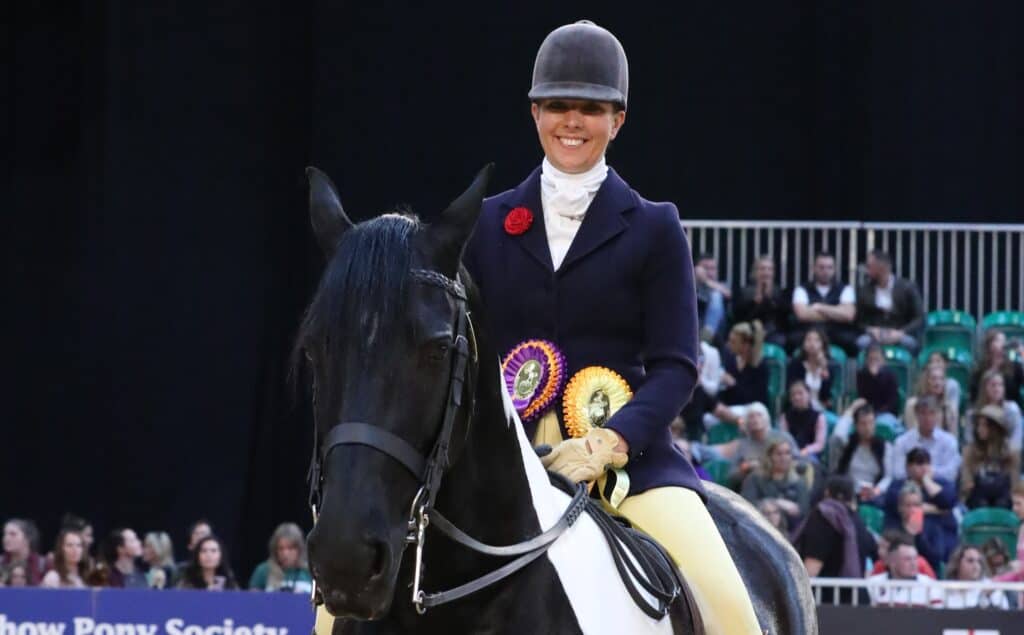Sara’s Top Tips for pre-HOYS coat preparation!
Showing World columnist Sara Parrott produces horses and ponies alongsie partner Craig Elenor from their Yorkshire base. If you’re off to HOYS and are unsure what to do, don’t panic. Take a look at Sara’s tips for keep She gives her top tips for coat preparation…
1. Rugging
Make sure that you use well-fitting rugs and hoods. The month before HOYS is the time when horses and ponies would naturally change their coats, so they are more prone to rubbing. Make sure daily that rugs are removed and replaced and the body fully checked. Keep an especially close eye on manes. If ponies get too hot, manes will fall out, so a light hood or neck cover often is enough.
2. Don’t Sweat
Make sure you don’t make the pony or horse sweat under rugs. This blows the coat, and also leaves them open to bacterial infections, and it’s very uncomfortable for them. Your aim should be for them to be cosily warm at all times, which due to the time of year means a lot of rug changes. Be mindful of the different temperature in your stables compared to your field.
3. Daily grooming
We use an electric groomer twice a week then a full groom daily. Manes and tails are sprayed with detangler, we hot oil the coat twice a week and feet are picked out daily, and a close eye is kept on them as this is the time of year for thrush.

4. Clipping
We clip most of the yard; it allows us to work the horses at home and at HOYS without them becoming sweaty. The exception to this is the odd blood pony or mini mountain and moorland who either don’t grow a coat naturally or they don’t need much work, and I don’t mind the mini mountain and moorlands a little longer in coat. We like a coat that looks unclipped, so we tend to clip slightly further out that most, but it’s just personal preference. There is no set rule; you have to adjust your clipping schedule to suit your pony, where you live and your riding routine. We have the luxury of working the ponies in the day so if you are prepping after school and work, they will be at risk of being cooler and might need clipping a little later.

We generally use a covercote blade to clip, (which is a 5 mil clip). For the mountain and moorland ponies, we clip straight after the BSPS championships so they have chance to grow a coat back. This means that hopefully, by HOYS, their coat will look like a summer coat. We think they also suit a little more length on the coats for that natural look.

The chestnut ponies or those we want to show more colour are clipped no later than four weeks out, allowing the rich colour to come through. The bay ponies are clipped at around three weeks out, allowing time for enough growth for quarter marks. The last clip we do is my hairy coloured as she lives out at night right up to HOYS. She will be clipped around 10 days out, and she won’t need to be quarter marked. As a general rule if your pony is well groomed and fed, they will have a shinny coat that will look good under the lights. Don’t panic about a last-minute sudden growth of hair, lots of coat shine and a good body suit will lay the coat flat for the day.

5. Blowing Hot and Cold
One last point, HOYS is notoriously colder in the stables so ensure you take extra rugs. With only cold water for washing off, be sure to pack a drying rug too. The warm up is very hot at night and you come out into the cold so be prepared to look after your pony and ensure they don’t get a chill.
Best of luck!


